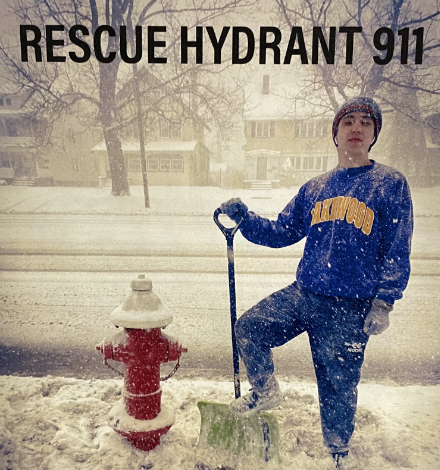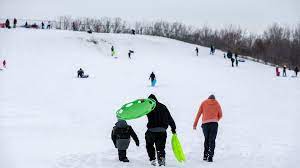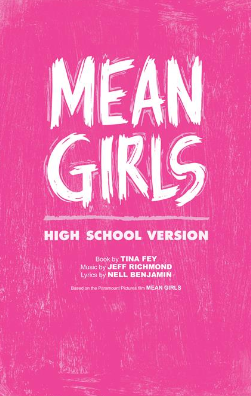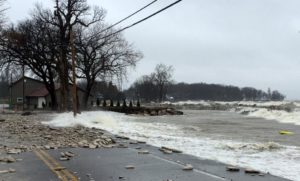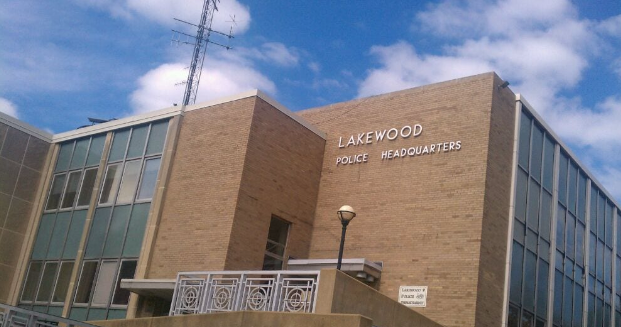The effects of global warming aren’t as simple as just the weather warming up. Right now, global warming is affecting the Great Lakes, especially Lake Erie.
“The report notes the increase of lake-effect snow, and attributes it to warming in the Midwest. Should this trend continue, the report warns, “Reductions in lake ice may increase the frequency of lake-effect snows until winters become so warm that snowfall events shift to rain.”
“A warmer atmosphere holds more water,” said Peter Whiting, environmental scientist, professor and assistant dean at the College of Arts and Sciences at Case Western Reserve University in Cleveland.
He said to think of the atmosphere like a sponge. If there’s more water filling that sponge, there will be more to squeeze out.
“When you squeeze it out to produce the rain, if there’s more water in the sponge to be squeezed out, you can get more rain or snow. So partly a warmer climate allows more intense and heavier rains and actually stronger storms probably,” he said.”
These passages tell us that global warming will not only affect the temperatures around the world, it will also increase the intensity of the amount of water that will come out of the atmosphere when it rains. This will be a serious problem for states that are near lakes such as Ohio and Michigan.
“The report continued to warn of increasing lake surface temperatures and decreased ice coverage, which is expected to continue into the future.
Whiting said a decrease in ice coverage could cause more lake effect snow in later winter months because more lake water is available to be evaporated.
“A warmer lake with more open water means kind of in a perverse sort of way, warmer climate, maybe more snow in the Snow Belt during January and February and maybe even March,” he said.
Lake Erie is also seeing an increase in algal blooms, with a particularly notable case back in 2014. Cyanobacteria from an algae bloom polluted the drinking water in Toledo.”
This also tells us that winter in states that are near the Great Lakes will likely experience even more severe snowstorms in the winter or will have rainstorms instead.




